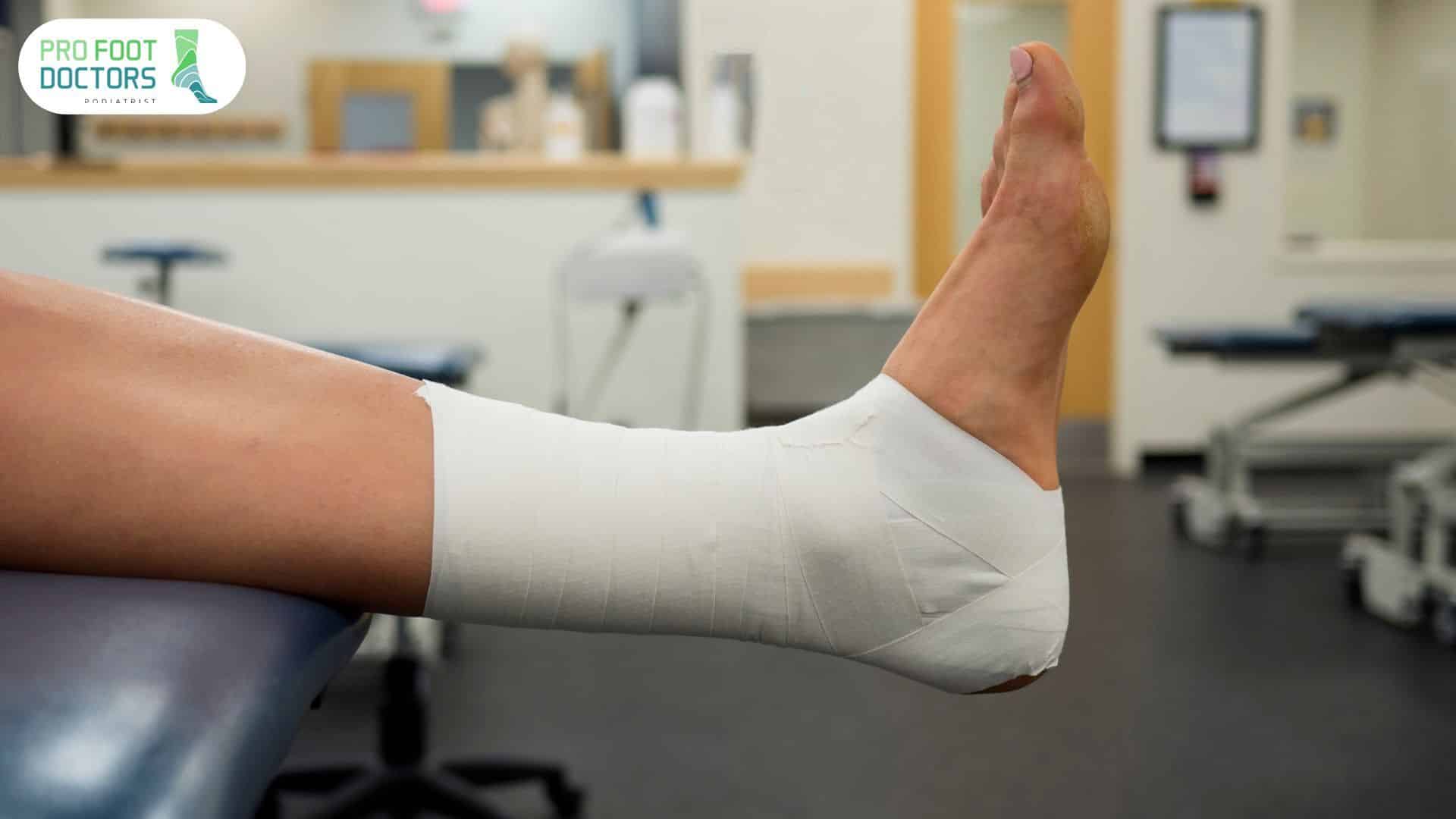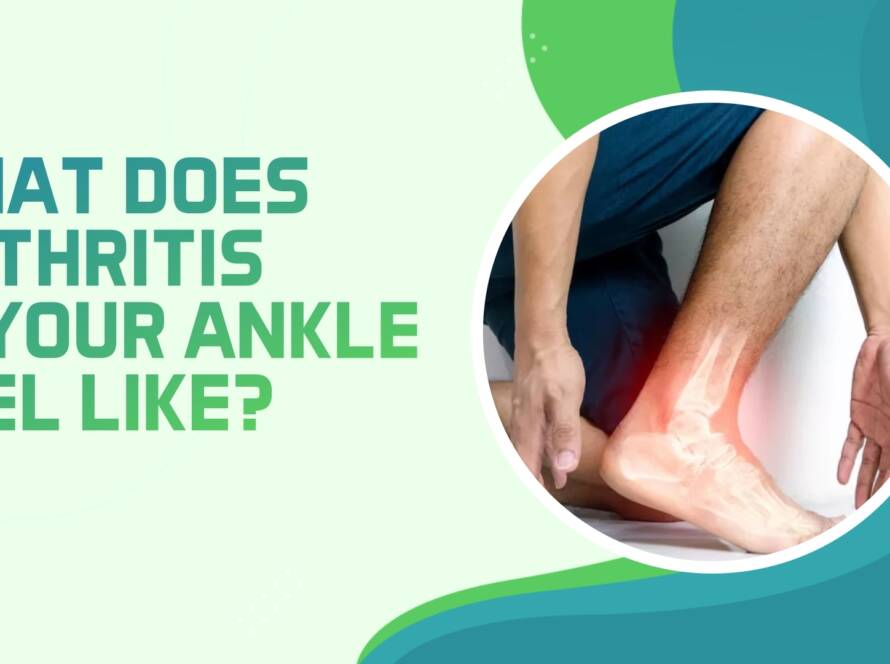To be a great athlete, you need to have excellent agility, flexibility, and strength. It’s not uncommon for people involved in sports to sustain injuries occasionally. Ankle injuries, particularly, are more common. That’s why most coaches make it mandatory for each player to either tape or brace their ankles.
The question is which of these two is more effective. In this post, we’ll walk you through the differences between ankle braces and taping. Let’s get started.
What are Ankle Braces?
Braces are a protective belt worn around your ankles to offer protection from sports injuries or to immobilize your ankle while you heal from an ankle injury. Ankle braces are cost-effective, easy to wear, and are available in different styles, sizes, and shapes, providing the best and most comfortable fit. The material used in braces can be nylon, elastic, or neoprene.
The main purpose of ankle braces is to minimize your movements. By restricting your range of motion, these ankle-protection wearables enhance stability and prevent ankle sprains due to sudden twisting, turning, and other unexpected landings.

What are Ankle Tapes?
Ankle tapes, as the name suggests, are sports tapes that can be wrapped around your ankle to improve your joint stability, limit movements, and prevent injuries. You may have seen athletes wearing the tapes during basketball, soccer, volleyball, and other sports.
These are considered an ideal choice for sports people, not only because they are lightweight but also because taping is quite effective in preventing ankle sprains or ensuring proper support during physical activities. Simply put, taping locks your ankle in a stable position, preventing them from getting injured during high-impact activities. These are also customizable.

Better Protection: Tape Vs. Brace
Both options offer protection from common ankle injuries during sports. Taping is famous for its customizable options while offering rigid protection. The latter is a preferred choice, as they are thicker and firm enough to restrict movement and keep your ankle stable. So, you can expect ultimate protection for your ankle joints.
The tape fits your ankle perfectly, especially if it’s tailored to your requirements. It protects your ankle from sprains by locking your heels so that they won’t move inappropriately or in a way that can injure your ankle.
Freedom of Movement: Brace Vs. Tape
As an athlete, you’ll want something that snugly fits your ankle, offering ultimate comfort and freedom of movement without straining your ankles. Tape is your best option if you can’t compromise on flexibility and comfort. Braces are more rigid. While modern braces are designed with your comfort and flexibility in mind, they are not as lightweight as tape and may not offer a comprehensive range of movements. This makes them less popular for sports requiring excellent flexibility, such as soccer or basketball.
Easy to Wear: Brace Vs. Tape
Braces are easy to wear. You can just put them on or lace them up before your game. There’s no specialized knowledge needed, nor do you need to visit a professional to have them secured to your ankle. The best part is they are reusable. Taping, however, is not easy to wear. To ensure they feel comfortable and fit perfectly, you may need to visit a physiotherapist for proper application.
If they are not secured properly, they may not provide maximum protection from ankle injuries. Since tapes are custom-made for specific sports and certain types of injuries, they might not be reusable. You can consult professionals at Profootdoctors if you need customized tape or braces for your ankles. They will explain the right way to wear both.
Better Support: Braces Vs. Tape
The biggest advantage of braces is the uniform stability. Once you have them on, you can participate in any sports or indulge in any physical activity without worrying about the braces loosening or coming off your ankle. Since they restrict most movements, they offer unparalleled support during recovery.
Taping also provides reasonable support but is not as effective as braces. If you indulge in high-intensity workouts or sports that lead to sweating and intense movements, the tape might loosen. So, based on effectiveness, braces are more suitable, specifically for people recovering from a serious ankle injury. Tape, on the other hand, might be a good choice for athletes with a sprained ankle.
Versatility: Tape Vs. Brace
What sets braces apart from other ankle-protective wearables is their versatility. You can get compression sleeves if you have minimal swelling and require protective wear that can offer basic support during movement. For athletes, lace-up braces are the most popular ones. They limit your movements, preventing sports-related injuries.
For more advanced support, you can consider rigid braces that feature a plastic component, offering ultimate protection to your ankle. These are most commonly used when you’ve sustained a serious injury and need complete ankle immobilization for healing.
Tapes can be designed for individual sports. They are customized based on the unique movements in the sport that could put the athletes at a greater risk of experiencing ankle sprains. If you need a short-term solution to your ankle issues or protective wear customized for a particular sport, tape is your best bet.
Cost: Braces Vs. Tape
Braces are more cost-effective in the long run, although they come with a high price tag. The cost depends on the material, type, and quality of the braces you use. However, they don’t tear, loosen, or get damaged in any way, making them a perfect choice for athletes who want protective wear for long-term use. Taping can be expensive if you use them frequently. These can be affordable for one-time purchases, but they are not reusable, meaning you’ll have to have them remade for each sport session.
Bottom Line
Braces and tapes are designed to protect your ankle from sports and other injuries. The one-size-fits-all rule doesn’t apply here. The best option for you depends on your individual requirements. If you need customizable, lightweight protection for short-term use, tape is your go-to option. If you need a long-term solution that offers rigid protection against sports-based injuries, consider braces.


